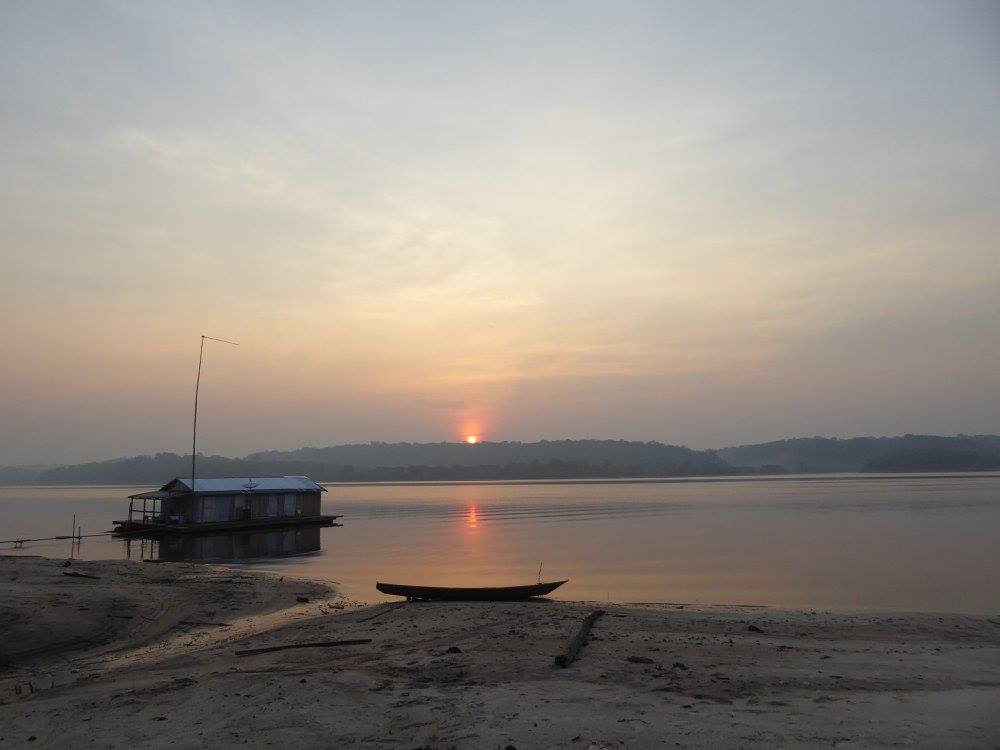Assessing Amazonia Biodiversity: Beyond the Taxonomic Impediment
By Camila Ritter, PhD. student, University of Gothenburg
Amazonia is the largest tropical rainforest with the highest level of species diversity in the world. However, most of what is known about patterns of biodiversity in this area is based on large-sized and well-studied organisms such as mammals, birds, amphibians, and flowering plants. Because these macro-organisms constitute just a small fraction of the world’s total biodiversity (vertebrates represent only about 0.7% of all species of eukaryotes, for instance), and no consensus has been reached on whether poorly studied taxonomic groups such as arthropods and micro-organisms follow the same distribution patterns as macro-organisms, it is urgent to put more efforts in this ‘hidden’ biodiversity.
However, to achieve this goal we must overcome a severe obstacle: the so-called taxonomic impediment. Considering that it takes, on average, 21 years from the first collection of a species until its formal description, we would have to wait another 1,200 years to catalogue all extant species. That is unacceptably slow, and we need to develop and validate new methods for faster, more cost-effective, and objective biodiversity assessments, which do not rely on manual identification of specimens. Fortunately, molecular tools have opened a new research window on biodiversity through genetic data. With methods such as metabarcoding, it is now possible to quantify phylogenetic diversity of any locality without the need for a priori classification of specimens.
In an effort to assess the main patterns of biodiversity distribution in Amazonia, we have sequenced genetic markers from both prokaryotes and eukaryotes from a range of soil and litter samples. We targeted four locations covering the different kinds of habitat (tropical rainforest, seasonal flooded forests, and naturally open areas) of the Amazonia. If we find that environmental genetic diversity and traditional taxonomic metrics are highly correlated, that would mean that biodiversity can be rapidly and cost-effectively assessed without the demand of taxonomic experts. This result would facilitate the detection and protection of areas of high biodiversity and would allow taxonomists to focus on species descriptions and the biology of the underlying organisms, rather than routine specimen identifications. If these variables, however, are found not to be correlated, it would mean that despite centuries of research we still know virtually nothing about how the great majority of the world’s biodiversity is distributed.
Naturally open area on Amazonia. These areas have an insular distribution in “seas” of tropical forest and are associated with white sand soil. This picture was taken on “Reserva da Campina”, close to Manaus, AM, Brazil.
Photo credit C.Ritter
The tree shows the water mark from flood season of Várzea, seasonally flooded forest.The mark indicates a flood height of around 15 meters.
Photo credit C.Ritter
Sunrise on the Cuieras river, “Reserva do Cuieras”, close to Manaus, AM, Brazil.
Photo credit C.Ritter
Camila Ritter taking notes from field work.
Photo credit: N. Slobozian





